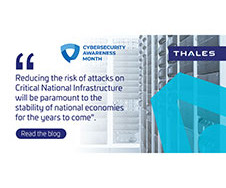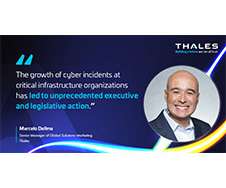The Evolving Cybersecurity Threats to Critical National Infrastructure
Thales Cloud Protection & Licensing
OCTOBER 23, 2023
The 2023 Thales Data Threat Report Critical Infrastructure Edition , which includes responses from 365 security leaders and practitioners within critical infrastructure organizations, serves as a fine reminder of the requirement to embed security into the culture of every organization and individual.












Let's personalize your content